The most famous mountain in Japan is undoubtedly Mount Fuji, which has come to serve as an internationally recognised symbol of the both the country and its people. Fuji-san might be soaking up all the fame, but we shouldn’t forget that Japan boasts hundreds of lesser known mountains that are well worth visiting, and perhaps even ascending if you feel up to the challenge! Here are five Japanese mountains that I think are the most beautiful and culturally relevant.
1. Mount Kita

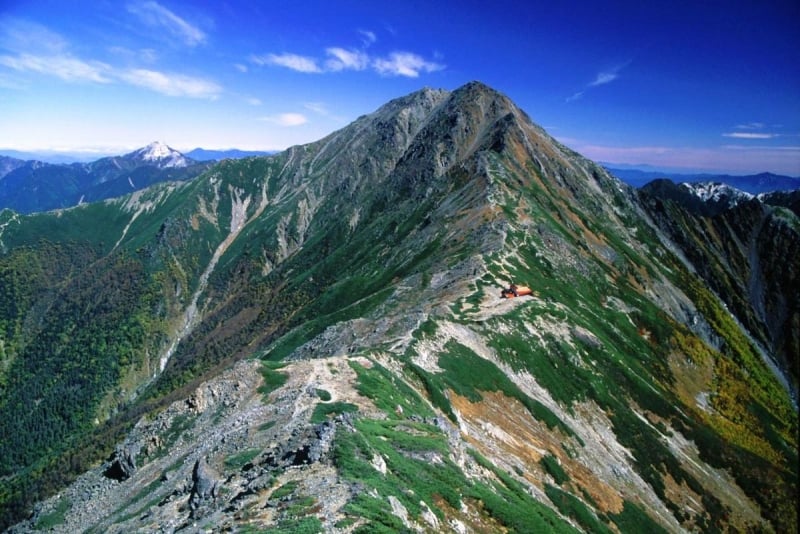
Image credit: alpsdake
We all know that Mt. Fuji is the tallest mountain in Japan, so it seems appropriate to start this list with the second tallest. Located in Yamanashi Prefecture, Mt. Kita stands at an elevation of 3,193 metres and is a highly popular destination for mountaineering. Kita is the most prominent of the Akaishi Mountains, a mountain range situated in the centre of Honshu, the largest and most populous of Japan’s islands. The mountain itself is found within Minami Alps National Park. Abundant alpine flora grows along the side of the mountain, while wild deer and black bears have been known to roam around the area during the summer.
2. Mount Yari
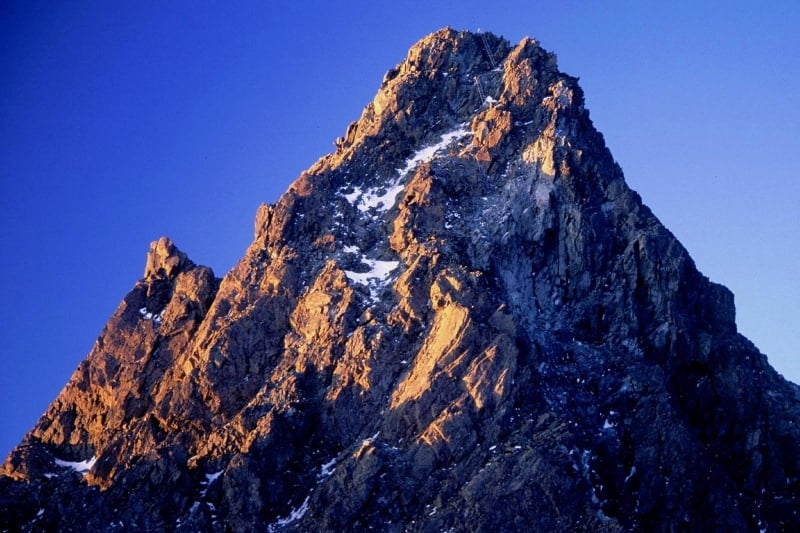
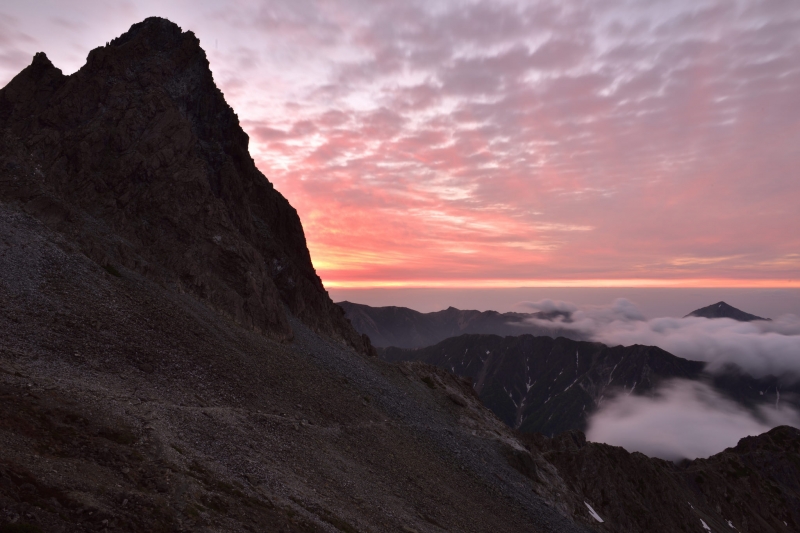
Image credit: T hino
Mt. Yari, famous in Japan due to its striking spear-shaped peak, is a well-known destination for hikers during the summer. The mountain was first scaled by the Buddhist priest and ascetic Banyu in July 1828, in what was then Edo-period Japan. There are numerous routes up to the summit and this hike is well worth the effort. About 100 metres from the peak there is a mountain lodge where climbers can rest and relax before completing their journey. The ascent will take more than 24 hours in total, so be prepared to stay overnight in either the lodge or your own tent!
3. Mount Haku

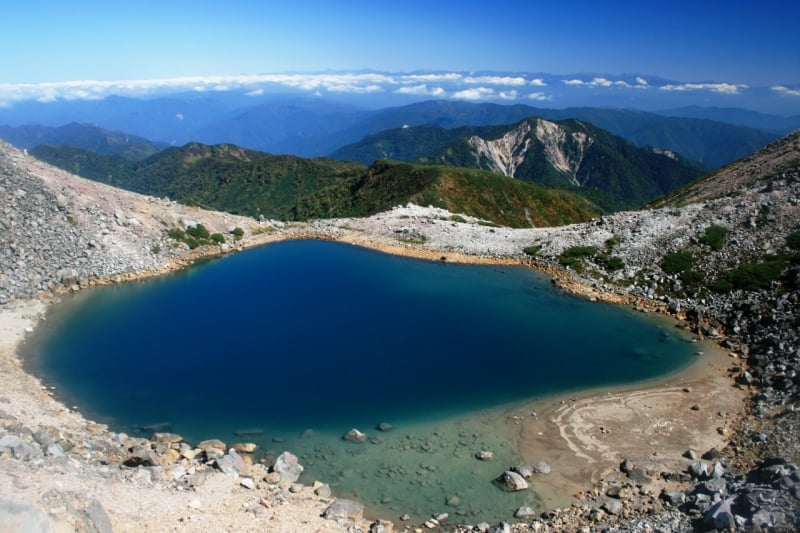
Image credit: alpsdake
Mt. Haku is one of the Three Holy Mountains of Japanese tradition, the other two being the iconic Mt. Fuji and the relatively obscure Mt. Tate in Toyama Prefecture. Mt. Haku has long been a place associated with prayer and spirituality, with many shrines and temples springing up along its face over the centuries. Today the mountain is part of Hakusan National Park in the Chubu region of Honshu. The mountain is 2,702 metres in height and there are a large number of impressive freshwater crater lakes near the summit. You can also wander through a vast forest of Japanese beech trees and explore numerous natural hot springs dotted about the landscape.
4. Mount Asama
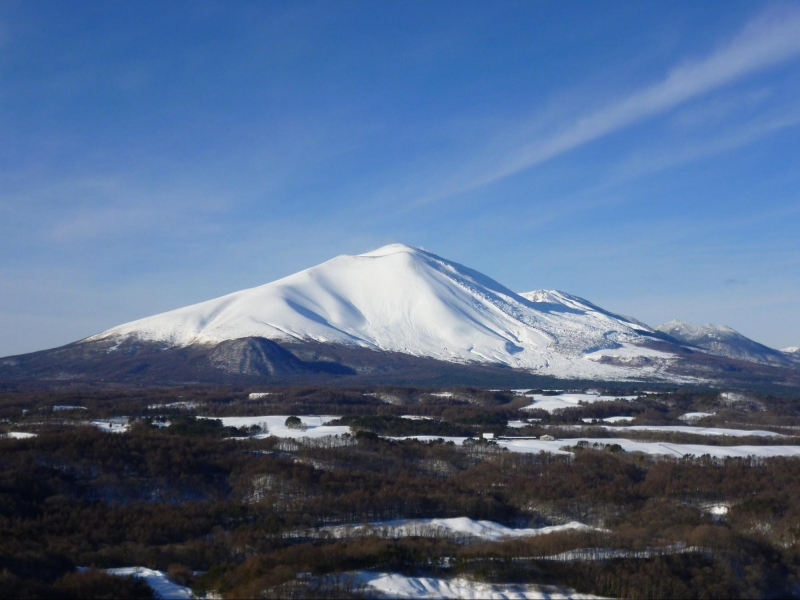
Image credit: Ski Mania
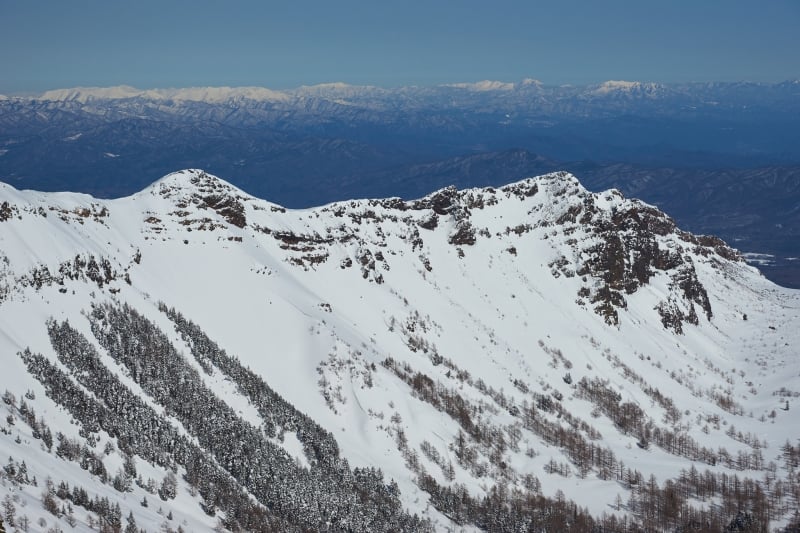
Image credit: peaceful-jp-scenery
The most active volcano in Honshu, erupting as recently as April 2017, Mt. Asama has been closely monitored by scientists for decades due to the abundance of geologic activity present. Surrounded by lush greenery, the landscape becomes more rocky and craggy the higher you ascend. Of course the fact that Mt. Asama is an active volcano may discourage you from making the climb, but if you’re eager to experience something truly unique then you shouldn’t hesitate. As long as you stay up to date on the current status of the mountain, you should be fine! Just avoid entering the crater in case you succumb to volcanic fumes! As an interesting tidbit of information, Mt. Asama served as the backdrop of the first Japanese film shot in colour, Carmen Comes Home in 1951. The acclaimed Japanese film magazine Kinema Junpo ranked it as one of the best Japanese films of all time in 2009.
5. Mount Takao
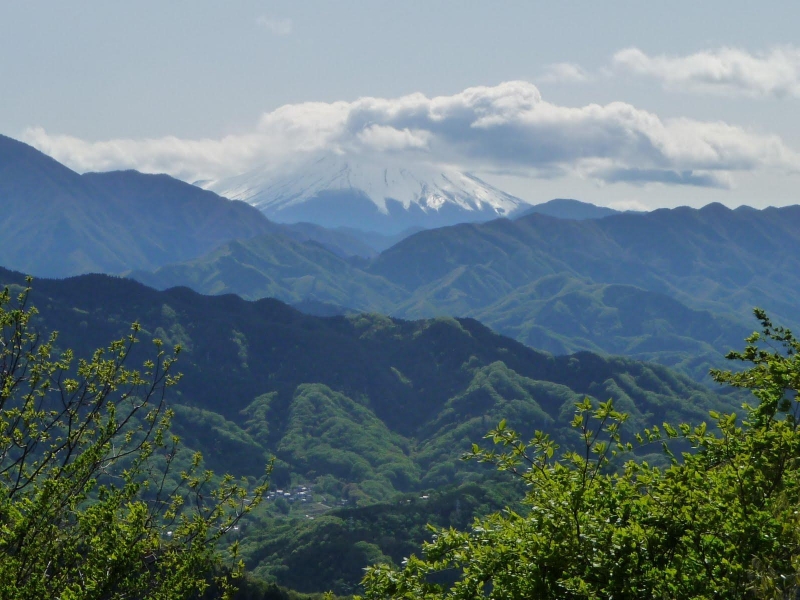
View of Mount Fuji from Mount Takao. Image credit: Asteiner
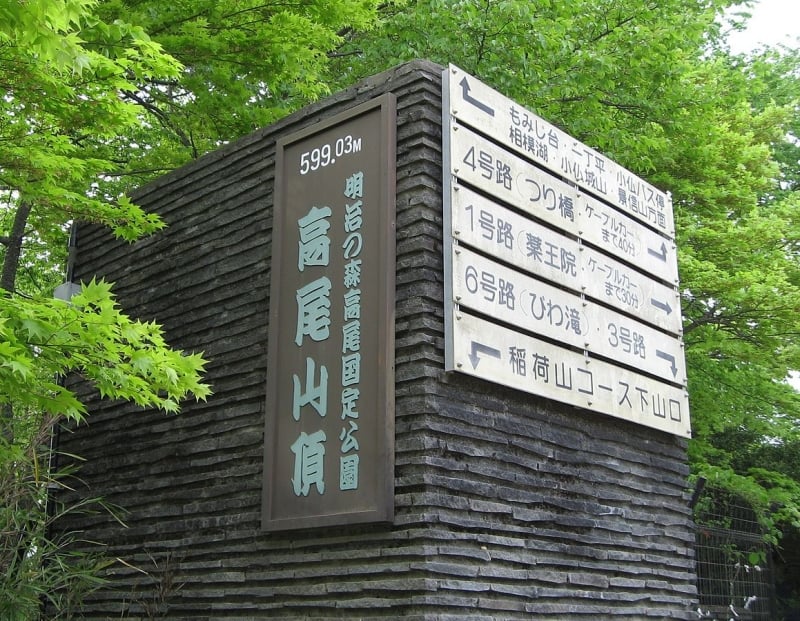
Image credit: Nikm
Considerably smaller than the other mountains on this list at just 599 metres, Mt. Takao makes the list due to its sheer convenience and accessibility. It can be reached in about an hour from Shinjuku, which makes it a highly popular weekend trip by locals looking to get out of the busy city for an afternoon. As a result of this, it’s better to go on weekdays to avoid the crowds! The mountain is associated with tengu, which are legendary folk creatures in Japanese mythology known for their long noses and surly nature. Getting to the top only takes around an hour and a half, and there is even a cable car which offers splendid views of the foliage along the path to the summit. Once you reach the peak, you can even get a spectacular view of Mount Fuji!




